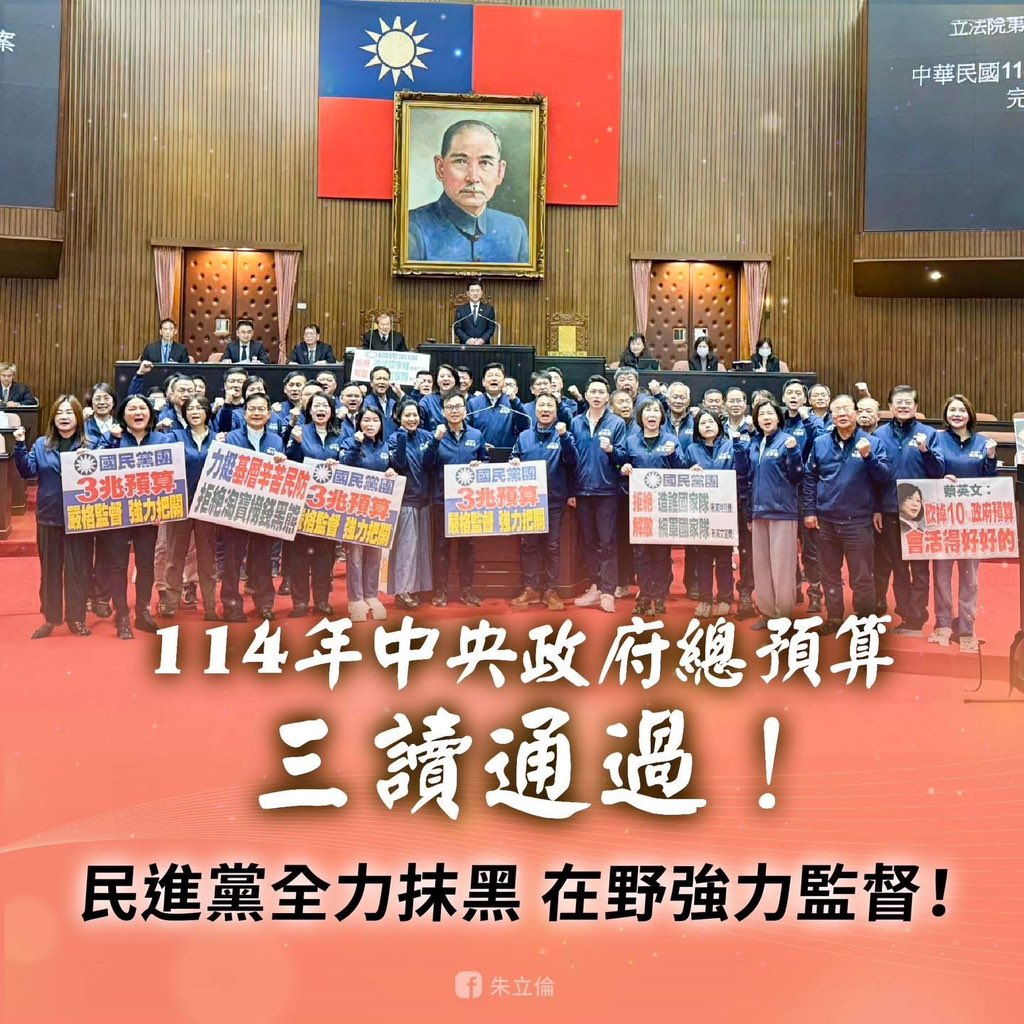
Child Labor Ring Exposed in Guangdong
Child Labor Ring Exposed in Guangdong
In a two-day operation completed on April 30, local police in Dongguan municipality, Guangdong Province, executed a high profile rescue operation that police reports claim rescued 167 children trafficked from the poverty-stricken Liangshan region in Sichuan, the Southern Metropolitan Daily reported (China Times, May 1). The investigation leading to the rescue operation was prompted by an earlier report from the Southern Metropolis Daily on April 28, which alleged that more than 1,000 children had been trafficked from Liangshan region to work in factories across the Pearl River Delta; most of the children were below the age of 16 and had an average hourly work rate between 3.5 to 4 yuan. In a rare public acknowledgement by central authorities of China’s “open secret”—namely, the proliferation of child labor—Premier Wen Jiabao demanded a serious investigation into the labor scandal (Sina.com.cn, May 2; Ming Pao, May 5). Local officials from the Dongguan municipal government, however, contradicted the news report and claimed that the government’s sweeping two-day investigation of 3,600 companies, employing 450,000 people, revealed no prosecutable evidence of large-scale use of child labor (China Times, May 1; China Labour Bulletin, May 2).
In an interview with Southern Metropolitan Daily, Hou Yuanguo, a professor from the Center for the Development of the Western Region at the Central University of Nationalities, believes that the root cause of China’s child labor problem is poverty. A native of the Liangshan region, Hou said that due to a dearth in arable land coupled with sprawling poverty, children are important sources of the family’s labor-income generating capacity, and at the age of seven or eight are pressured to find work outside home. Hou also suggests that there is a gulf in perception toward labor rights between the people on the coastal and inner provinces in China. While people along the more economically developed coastal regions view the contract that these child laborers work—a minimum of 300 hours per month, with an average 13- to 14-hour workday—as inhumane, for these children’s families this is not a major issue. The child labor ringleaders in Dongguan were reportedly given written letters of guarantee by the parents, which were also stamped by the village committee’s official seal, stipulating that as long as the foreman pays the family several hundred yuan a month the ringleader had “absolute” managerial rights over the children’s labor (Southern Metropolitan Daily, April 28; Ta Kung Pao, April 30).


